Garden Maintenance
Winter gardening
- Mulching: Applying layers of mulch to soil areas notably around plants to insulate the soil and protect roots from extreme temperature fluctuations. Mulch also helps retain moisture & provide nutrients.
- Protect tender plants and pot plants: insulate where required, stand pots on feet
- Prune Deciduous Trees and Shrubs: Winter is an excellent time for pruning deciduous trees and shrubs since they are dormant. Remove dead or diseased branches to encourage healthy growth in the spring.
- General maintenance & upkeep will include: raking and sweeping up, leaf blowing, litter collections,winter pruning, soil improvements.
- Select Winter-Hardy Plants: Choose plants that are well-suited for winter conditions.
Spring Gardening
- Plan and Design: Review your garden layout and make any desired changes. Plan the placement of new plants
- Soil Preparation: Amend the soil with compost or organic matter as needed. Work on improving soil structure.
- Clean Up: Remove debris, dead plants, and weeds from garden beds. Prune back any damaged or dead branches from trees and shrubs.
- Pruning: Prune fruit trees, shrubs and roses before new growth starts. Remove dead or diseased wood and shape plants as needed.
- Weed Control: Start early-season weeding to prevent weed competition and give your plants a healthy start.
- General maintenance & upkeep will include: lawn mowing, weed control, watering, seasonal pruning, leaf blowing, raking & sweeping , tidying up.
Summer Gardening
- Lawn mowing & water improvements: high growth rate during summer months so regular mowing and watering are key to successful maintenance.
- Watering: Water deeply and consistently especially during dry periods. Early morning & late evening is the best time to water to minimize water loss through evaporation.
- Planting: Summer is a popular month for planting with High use in the garden, structures and colours have a high impact this time of year.
- Weed control: Hand weeding flower beds and borders, treatments for hard surface areas
- General maintenance & upkeep will include: lawn mowing, hedge trimming, weeding & control, watering, leaf blowing, sweeping, raking & tidy ups.
Autumn Gardening
- Clean Up the Garden: Clear away debris, leaves and dead plant material.
- Pruning: Trim back perennials and grasses to tidy up the garden and encourage new growth in the spring. Prune any dead or damaged branches from trees and shrubs.
- Plant Bulbs: Autumn is the time to plant spring-flowering bulbs like tulips, daffodils, and crocuses. The cool soil encourages root development before winter.
- General maintenance & upkeep will include: leaf blowing, raking & sweeping up to tidy, soil rotations to prevent weeds, keeping areas safe and preventing trip hazards.
Gardening tasks through all the seasons as required will include:
- Lawn mowing
- Hand Weeding borders and flower beds
- Maintaining sharp lawn edges and general boundaries
- Leaf blowing, sweeping, raking up and tidying
- Weeds control and prevention
- Hedge cutting
- Planting
- Soil management
- Pruning
Contact us for your bespoke garden maintenance program.

















